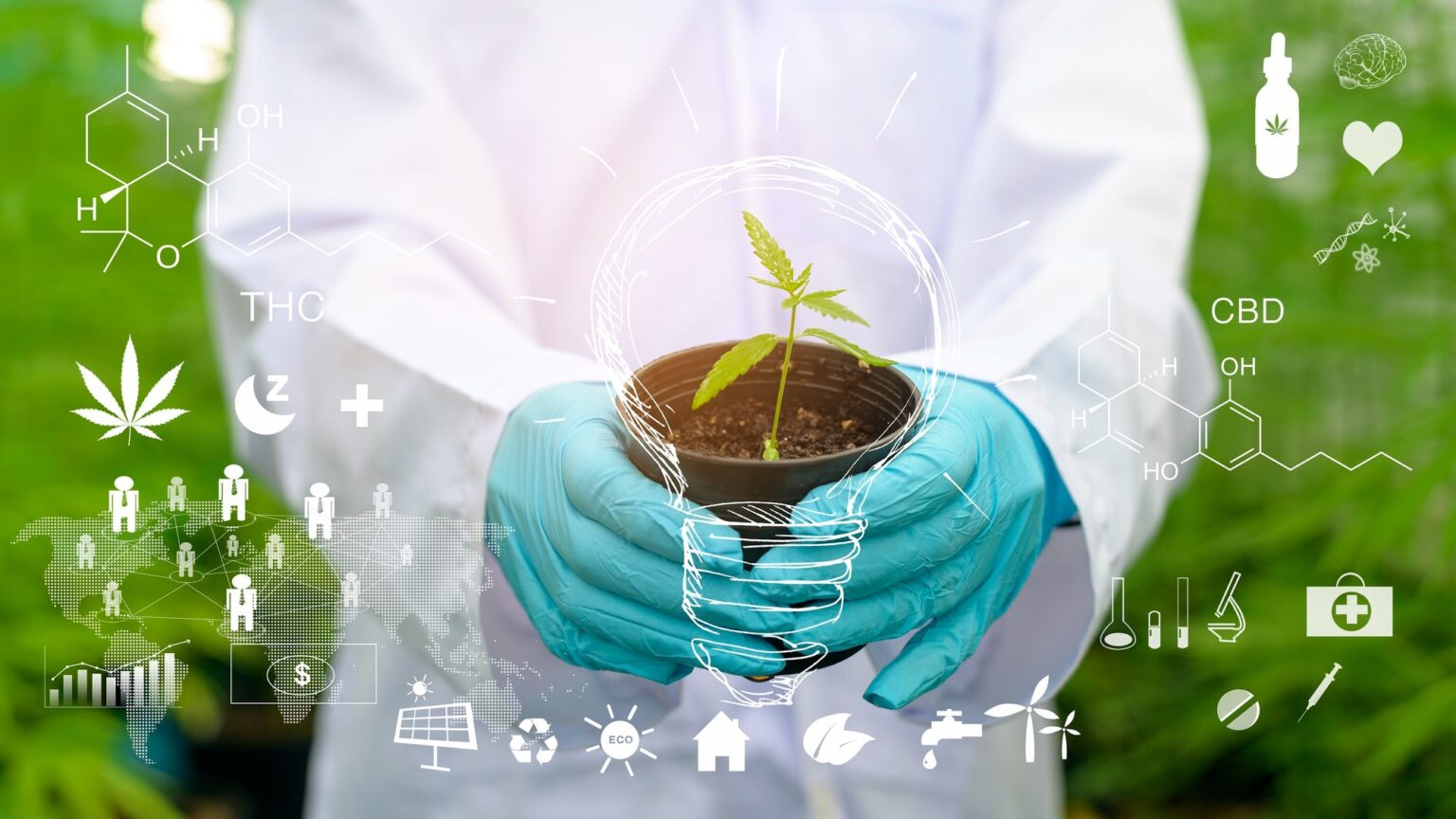Environmental biotechnology is a field that utilizes biological processes and organisms to address environmental challenges, particularly in pollution control and waste management. It harnesses the power of living organisms and their interactions with the environment to develop sustainable solutions. Here are some key applications of environmental biotechnology:
- Bioremediation: Bioremediation involves the use of microorganisms, plants, or their enzymes to break down or remove pollutants from soil, water, and air. Microorganisms can metabolize and degrade various contaminants, including oil spills, heavy metals, pesticides, and industrial chemicals. By enhancing natural processes or introducing specific organisms, bioremediation can help restore contaminated environments.
- Wastewater Treatment: Environmental biotechnology plays a vital role in wastewater treatment. Microorganisms, such as bacteria and algae, are employed in treatment processes to break down organic matter, remove nutrients like nitrogen and phosphorus, and eliminate harmful pathogens. Advanced techniques like biofilms and constructed wetlands optimize the removal of pollutants, ensuring cleaner and safer water resources.
- Anaerobic Digestion: Anaerobic digestion is a process that uses microorganisms in the absence of oxygen to decompose organic waste and generate biogas, primarily composed of methane. It provides a sustainable way to treat organic waste, including agricultural residues, food waste, and sewage sludge, while simultaneously producing renewable energy. Biogas can be used for heat, electricity generation, or as a vehicle fuel.
- Composting: Composting is the controlled decomposition of organic waste through the action of microorganisms. It converts organic materials like food scraps, yard waste, and agricultural residues into nutrient-rich compost, which can be used as a soil amendment. Composting helps divert waste from landfills, reduces greenhouse gas emissions, and improves soil health and fertility.
- Bioaugmentation and Biostimulation: Bioaugmentation involves the introduction of specific microbial strains or consortia to enhance the breakdown of pollutants in contaminated environments. Biostimulation, on the other hand, involves providing nutrients or other growth-enhancing factors to stimulate the activity of indigenous microorganisms. Both approaches can accelerate natural degradation processes and improve the efficiency of bioremediation.
- Phytoremediation: Phytoremediation utilizes plants and their associated microorganisms to remove, degrade, or immobilize contaminants in soil, water, or sediments. Certain plants have the ability to accumulate heavy metals, organic pollutants, and radioactive materials in their tissues, thus aiding in environmental cleanup efforts. Phytoremediation is especially useful for areas with low soil fertility or where traditional remediation techniques are not feasible.
- Waste-to-Energy Conversion: Environmental biotechnology offers innovative approaches for converting various waste streams into energy. Biomass, including agricultural residues, forestry waste, and organic municipal solid waste, can be processed through anaerobic digestion, fermentation, or thermal conversion methods to produce biogas, biofuels, or heat and electricity.
- Bioleaching: Bioleaching employs microorganisms to extract valuable metals from low-grade ores and mine tailings. Certain bacteria and fungi can oxidize and solubilize metal compounds, making them accessible for recovery. Bioleaching offers an environmentally friendly alternative to traditional mining processes and helps reduce the environmental impact of metal extraction.
- Microbial Fuel Cells: Microbial fuel cells (MFCs) convert organic matter directly into electricity using the metabolic activity of microorganisms. MFCs can be employed in wastewater treatment plants or other organic waste treatment systems to generate electricity while simultaneously treating the waste. This technology holds potential for decentralized energy generation and waste management in remote or resource-limited areas.
Environmental biotechnology presents sustainable and efficient approaches to address pollution and waste management challenges. By harnessing the power of biological processes and organisms, it offers environmentally friendly alternatives to traditional methods, reduces the reliance on harmful chemicals, and promotes the conservation of natural resources.



